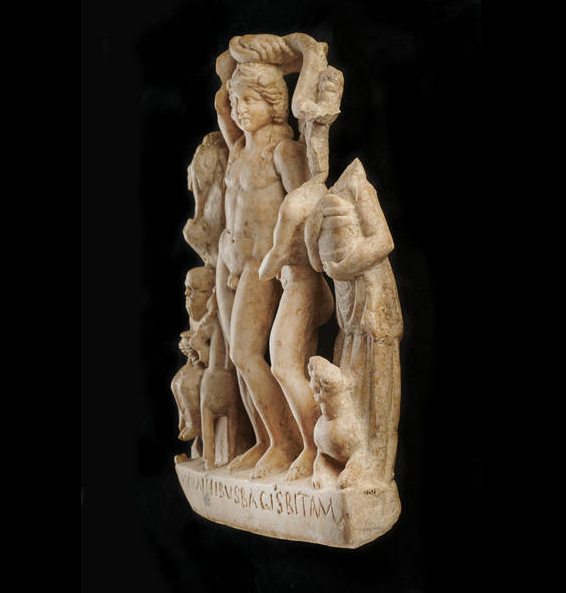
Another quick #EpigraphyTuesday thread with this funerary inscription for the daughter of Blescius Diovicus. #Roman
Image: Museum of Archaeology & Anthropology, Cambridge (D 1970.11). Link - collections.maa.cam.ac.uk/objects/468494
Image: Museum of Archaeology & Anthropology, Cambridge (D 1970.11). Link - collections.maa.cam.ac.uk/objects/468494

The inscription was discovered prior to 1601 in Risingham, the site of the Roman fort of Habitancum, on Dere Street - which ran from York to Corbridge.
Translation:
'To the shades of the departed: Blescius Diovicus (established this) for his own daughter; she lived one year and twenty-one days.'
'To the shades of the departed: Blescius Diovicus (established this) for his own daughter; she lived one year and twenty-one days.'

The stone gives further evidence - were it needed - for not only the frequency of infant mortality, but also the love of a parent for a child.
For the RIB entry for this piece (RIB 1254), see:
romaninscriptionsofbritain.org/inscriptions/1…
#EpigraphyTuesday #Roman
romaninscriptionsofbritain.org/inscriptions/1…
#EpigraphyTuesday #Roman
• • •
Missing some Tweet in this thread? You can try to
force a refresh

















